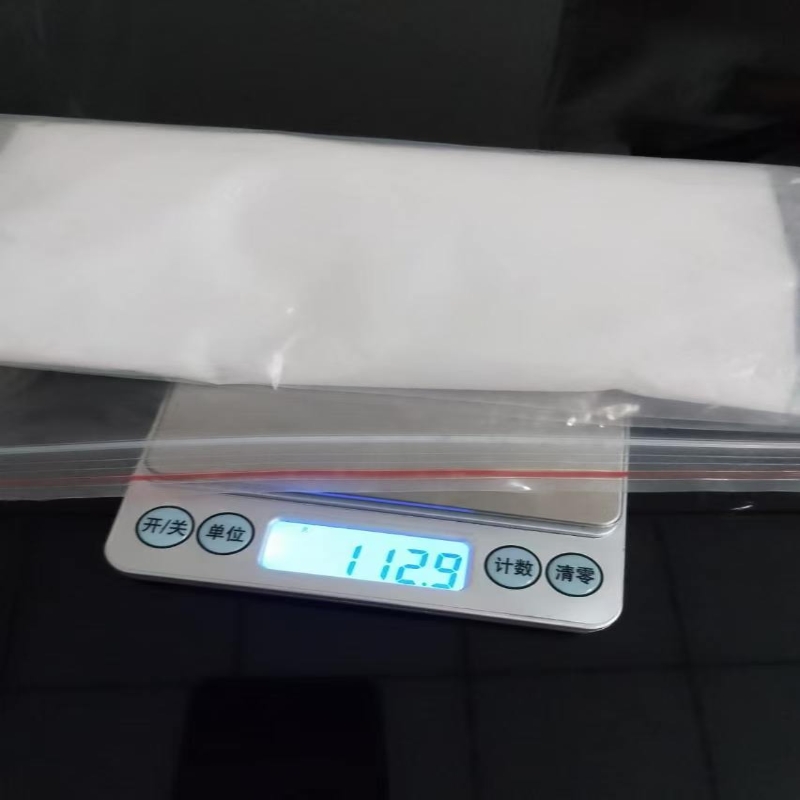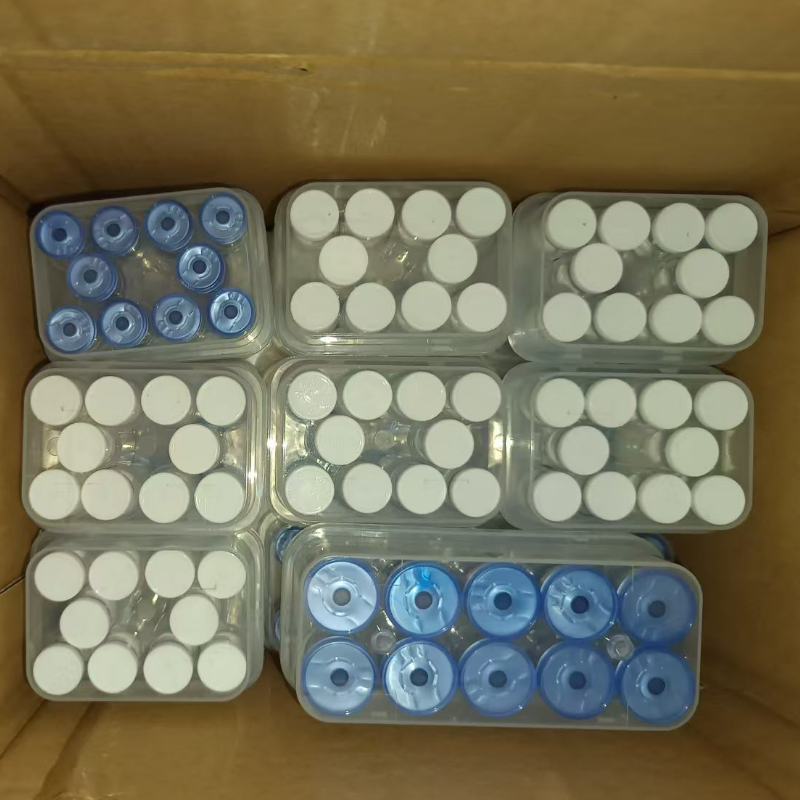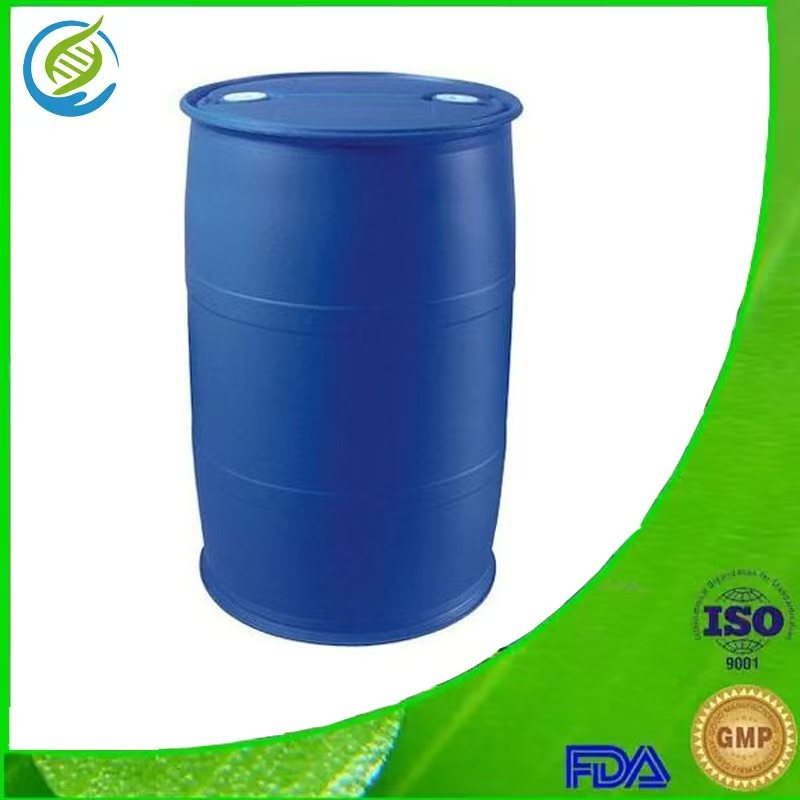-
Categories
-
Pharmaceutical Intermediates
-
Active Pharmaceutical Ingredients
-
Food Additives
- Industrial Coatings
- Agrochemicals
- Dyes and Pigments
- Surfactant
- Flavors and Fragrances
- Chemical Reagents
- Catalyst and Auxiliary
- Natural Products
- Inorganic Chemistry
-
Organic Chemistry
-
Biochemical Engineering
- Analytical Chemistry
-
Cosmetic Ingredient
- Water Treatment Chemical
-
Pharmaceutical Intermediates
Promotion
ECHEMI Mall
Wholesale
Weekly Price
Exhibition
News
-
Trade Service
The U.
S.
Food and Drug Administration (US FDA) has been a pioneer
in drug evaluation and regulation.
Over the past 31 years, 1,050 drugs (excluding vaccines, cell-based therapies and gene therapy products) have been approved as New Molecular Entities (NMEs) or Biologics License Applications (BLAs).
A total of 228 of these 1,050 drugs were identified as cancer therapeutics, and 120 of them were classified as solid tumor therapeutics
based on their initial indications.
Cancer is the first or second leading cause of premature death in all countries except Africa, after cardiovascular disease
.
There were an estimated 19.
3 million new cancer cases and nearly 10 million cancer-related deaths
worldwide in 2020.
Solid tumors account for more than
90% of human cancers and cancer-related mortality.
For unresectable locally advanced or metastatic solid tumors, treatment agents have been the dominant strategy
.
Over the past 31 years, the drug used to treat solid tumors has changed profoundly
.
During this period, the number of solid tumor drugs and their proportion of all FDA-approved drugs increased
.
Cytotoxic drugs have evolved into drugs with more precisely targeted effects, including small molecule targeted drugs, monoclonal antibodies (mAbs), and antibody-drug conjugates (ADCs), and the proportion of biologic drugs has increased
accordingly.
The FDA has granted approval to 120 new solid tumor treatments for solid tumors with the highest incidence, including lung, breast, prostate, gastrointestinal cancer, and more
.
。
Statistics of FDA-approved drugs and cancer drugs
FDA-approved lung cancer treatment
Lung cancer accounted for 11.
4% of global cancer cases and 18.
0%
of cancer-related deaths in 2020.
While lung cancer surpassed breast cancer in 2020, its mortality rate is still far higher than that of any other type of cancer
.
Over the past 31 years, the FDA has approved 22 novel lung cancer therapeutics, including 20 small molecules and 2 monoclonal antibodies
.
Among them, non-small cell lung cancer (NSCLC) includes adenocarcinoma, squamous cell carcinoma (SCC) and large cell carcinoma (LCC), accounting for about 85% of
all lung cancer cases.
Of the 22 therapeutics, 20 were approved for initial indications for NSCLC, most of which were classified as epidermal growth factor receptor (EGFR) and anaplastic lymphoma kinase (ALK) inhibitors
.
Figure 2.
FDA-approved lung cancer treatment
FDA-approved breast cancer treatment
Breast cancer is common in women (men make up only about 1% of breast cancer patients).
Breast cancer alone accounted for 24.
5% of cancer cases in women and 15.
5% of cancer-related deaths, surpassing lung cancer as one
of the most commonly diagnosed cancers in 2020.
Over the past 31 years, the FDA has approved 24 new treatments for breast cancer (including 18 small molecules, 3 antibodies, and 3 ADCs), more than any other type of solid tumor
.
Figure 3.
FDA-approved breast cancer treatment
for recurrent unresectable (local or regional) human epidermal growth factor receptor 2 (HER2)-negative breast cancer and other malignancies.
Among these cytotoxic drugs, docetaxel is one of
the most significant microtubule stabilizers.
Docetaxel has the same β-tubular protein taxane binding site as its analogue paclitaxel, but shows more potent antitumor activity
.
FDA-approved gynecological cancer treatment
Gynecological cancers, including cervical, ovarian, uterine, vaginal, vulvar and fallopian tube cancers, accounted for 15.
2% of all malignancies and 15.
3%
of cancer-related deaths among women globally in 2020.
However, since 1991, the FDA has approved only 6 therapeutic drugs as initial indications
for gynecologic cancers.
Figure 4.
FDA-approved gynecological cancer treatment
FDA-approved drugs for the treatment of gastrointestinal cancers
Gastrointestinal cancers, including esophageal, gastric, colorectal, pancreatic, gallbladder and liver cancers (including cholangiocarcinoma), accounted for 26.
4% of global cancer cases and 36.
3%
of cancer-related mortality in 2020.
Over the past 31 years, the FDA has approved 17 novel therapeutics for gastrointestinal cancers, including 12 small molecules, 4 antibodies, and 1 recombinant fusion protein.
Figure 5.
FDA-approved drugs for the treatment of gastrointestinal cancers
FDA-approved prostate cancer treatment
In 2020, prostate cancer accounted for 14.
1% of male cancer cases worldwide and 6.
8% of cancer-related deaths, second only to lung cancer
.
Over the past 31 years, the FDA has granted 12 new drug approvals
for the treatment of prostate cancer.
Figure 6.
FDA-approved prostate cancer treatment
FDA-approved urological cancer treatment
In addition to prostate cancer, kidney cancer and bladder cancer are the most common cancers
of the urinary system.
Over the past 31 years, the FDA has granted approval for 12 novel treatments for urological cancers
.
FDA-approved drugs for the treatment of urological cancer
FDA-approved treatments for melanoma and other skin cancers
Melanoma accounted for 1.
7% of cancer cases worldwide and 0.
6%
of cancer-related mortality in 2020.
Over the past three decades, the FDA has approved nine therapeutics, including BRAF and MAPK/ERK kinase (MEK) inhibitors, as well as cytotoxic T lymphocyte antigen 4 (CTLA4) and PD-1-targeted mAbs, for the treatment of melanoma
.
Figure 8.
FDA-approved treatments for melanoma and other skin cancers
FDA-approved drugs for the treatment of thyroid cancer and other solid tumors
Figure 9.
FDA-approved drugs for the treatment of thyroid cancer and other solid tumors
The success of current anti-tumor strategies
RTK inhibitors and immune checkpoint blockades (ICBs) are undoubtedly the most successful anti-tumor drugs
in the last 31 years.
The human RTK family includes 58 RTK proteins, divided into 20 subfamilies
.
TK-targeted therapy can occur at three levels: blocking ligand-RTK interactions in extracellular regions, inhibiting tyrosine kinase domains in intracellular regions, and inhibiting components of RTK-mediated downstream pathways
.
RTK-targeted drugs have been the mainstay of
treating solid tumors.
Over the past 31 years, 48 RTK inhibitors and 13 RTK downstream component inhibitors have been approved by the FDA, accounting for more than
half of all solid tumor treatments.
The clinical application of ICBs heralds a new era in cancer treatment, as they are the most successful strategies
in the last decade.
Since ipilimumab was first approved in 2011, the FDA has approved nine ICBs
in the United States.
Solid tumor treatment drugs have ushered in a new boom period
.
In the past decade, 74 therapeutics and 61 RTK or RTK pathway inhibitors have been approved, accounting for 61.
7% and 75.
4%
of all therapeutic drugs and RTK or RTK pathway inhibitors for solid tumors approved in the past 31 years, respectively.
Figure 10.
Distribution of therapeutic drugs according to target and year of approval
Future outlook
Target identification and drug design have been central drivers throughout the history of oncology in recent decades, and the anti-tumor strategy for solid tumors has changed
profoundly over the past 30 years.
With the deepening of research on the mechanism of tumorigenesis, the research and development speed of anti-tumor therapeutic drugs is also accelerating, and in the next few decades, I believe we will usher in more therapeutic drugs
with better safety, better treatment effect and lower side effects.
Figure 11.
Achievements and future prospects of the past 30 years
References:
Wu, Q., Qian, W.
, Sun, X.
et al.
Small-molecule inhibitors, immune checkpoint inhibitors, and more: FDA-approved novel therapeutic drugs for solid tumors from 1991 to 2021.
J Hematol Oncol 15, 143 (2022).
https://doi.
org/10.
1186/s13045-022-01362-9







